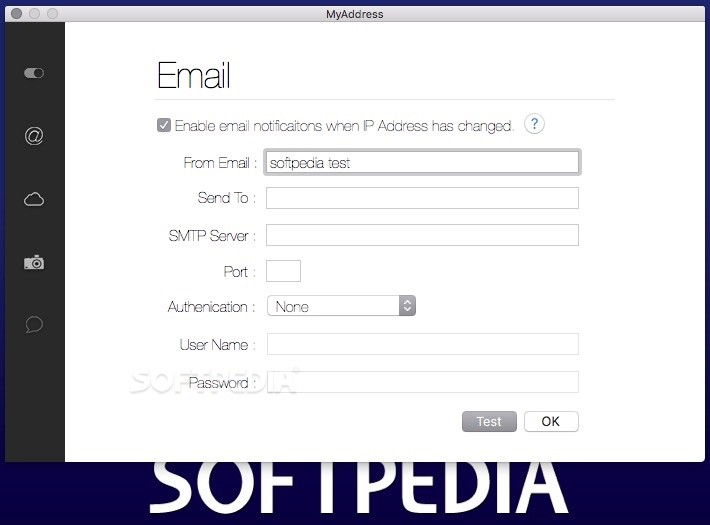

For example, if you search for “Cafes in Paris”, we may assume that you would like to see places near Paris and show you results of cafes there. From your past activityĪs you use our services, we may infer that you’re interested in a place even if your device isn’t telling us exactly where you are. Estimating the general area that you’re in means for instance that Google can give you relevant results, and keep your account safe by detecting unusual activity, such as signing in from a new city. Like many other internet services, Google can use information about the general area that you’re in to provide some basic services. This means that any website you use, including, may get some information about your general area. IP addresses are roughly based on geography. IP addresses are used to make the connection between your device and the websites and services you use. From the IP address of your Internet connectionĪn IP address (also called Internet address) is assigned to your device by your Internet Service Provider, and is a requirement to use the internet. Below are the primary ways we may get information about your location. Location can come from real-time signals, like your IP address or device location, and also your past activity on Google sites and services, to tailor experiences for your context. Our tool displays the credentials of this upstream server.Depending on the products you’re using and settings you choose, you may provide Google with different types of location information that are critical to making some services work and making others more useful for you.

If this is the case, it means the DNS server on your router has contacted one or more upstream DNS server(s), forwarding your request. Your router’s IP address may differ from our tool’s DNS test results, which display the public IP address of the DNS servers that contacted our test platform. This will be your router’s IP address on your local network. In the example above, it’s 8.8.8.8.īe aware that in many home networking configurations, you will likely see an IP address starting .X or 10.X.X.X. The line starting “Address” will show your DNS server.You’ll see results that look like these:Īddress: 8.8.8.8 Non-authoritative answer:.On Windows, open the Command Prompt by: clicking ‘Start Menu,’ typing cmd, and pressing ‘Enter.’ On Mac, open the Terminal by: pressing the Command Key + Space Bar, typing terminal, then pressing ‘Enter.’.
Whats myaddress how to#
Here is how to find your DNS server on PC or Mac step-by-step: We will use a standard utility that takes a domain name as input, and makes a DNS query to resolve that domain name to an IP address. The quickest way to find your DNS server’s IP address on your PC or Mac device is to: Once your web browser knows the IP address of a website, it communicates with the server at the IP address, and displays the received web content that is available on the URL.ĭespite the number of steps involved, the process of resolving a DNS query and displaying a website’s content happens very quickly. This information is then returned to your browser running on your computer.

When you visit a URL (a website address) in your browser, your device sends a DNS query to the DNS resolvers it knows about via your device’s network settings, and the DNS resolver responds with the IP addresses on the internet where that website is located.


 0 kommentar(er)
0 kommentar(er)
